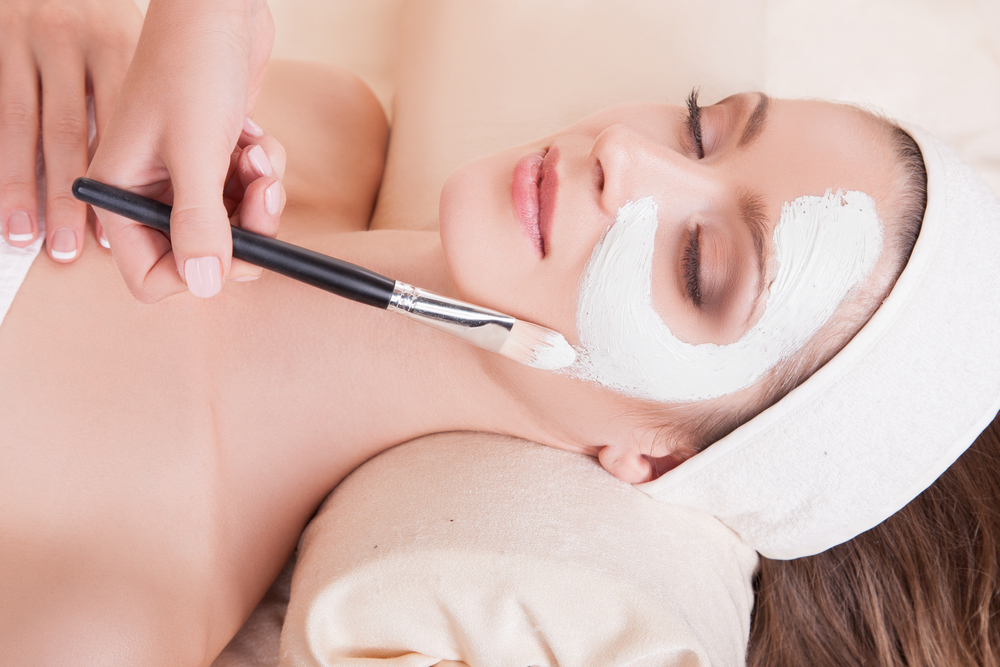Skin lightening or vitiligo is a skin disorder wherein pigment cells producing melanin are destroyed, causing white patches on some areas of the skin. These pigments are called melanocytes which are responsible for giving the skin its characteristic color. Depigmentation can be localized to one area or it may affect different parts of the body. Changes in the skin color may be more visible for people who have dark skin.
Experts believed that vitiligo is the result of the immune system mistakenly attacking the pigment cells of the skin called melanocytes hence the pigment is loss. It also appears to be an inherited condition. Meaning, your risk of developing this disease is high if one of your parent or family member already has it.
High chances of getting vitiligo is also linked to other autoimmune diseases such as:
- Alopecia areata
- Hyperthyroidism
- Addison’s disease
- Genetic disease pernicious anemia


